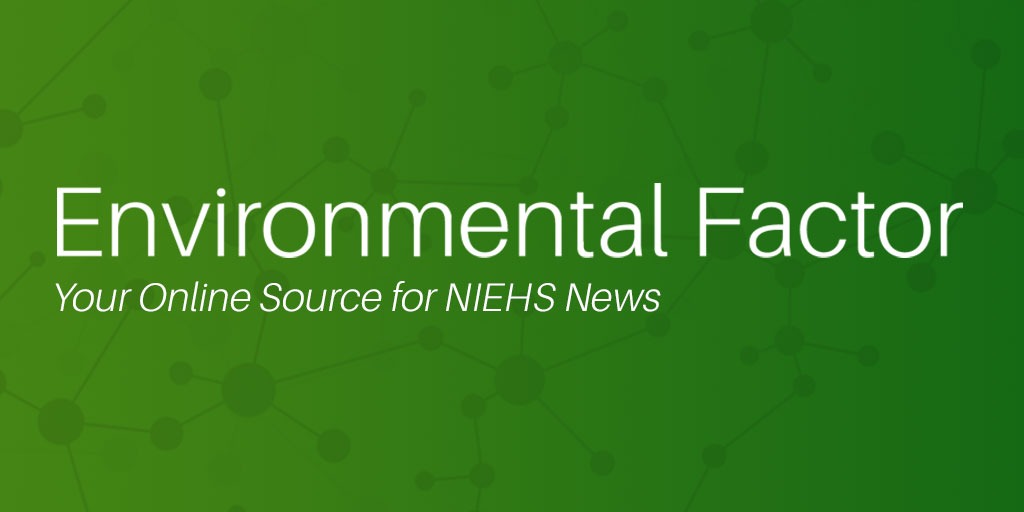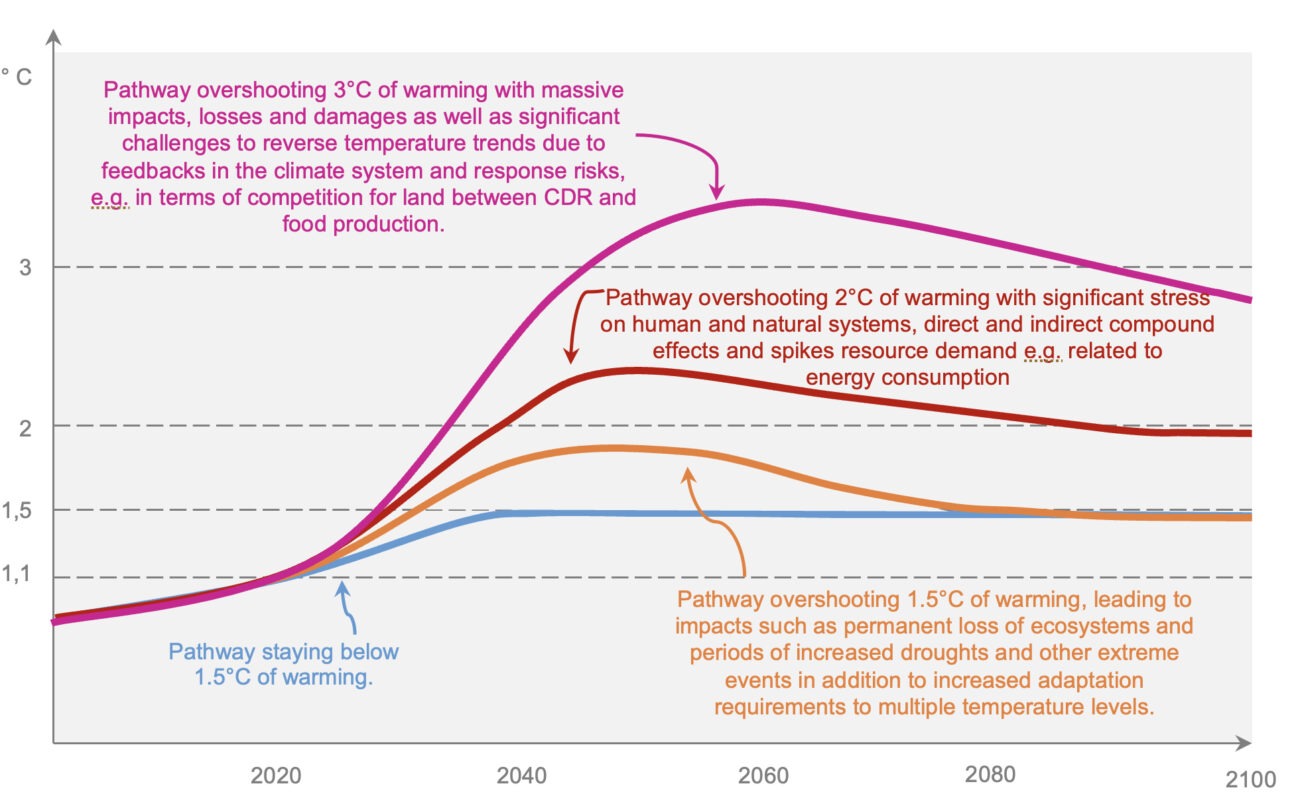Extramural
By Adeline Lopez
Racial segregation worsens the effect of lead on brain development
NIEHS-funded researchers report that early lead exposure, exacerbated by structural racism and racial isolation, may lower reading scores in children. Neighborhood environments influence children’s health and development, but relationships between racial residential segregation — the geographic separation of Black populations from other groups into separate, unequal neighborhoods — and cognitive development have not been well studied.
The team used geocoded birth data in North Carolina linked to blood lead surveillance data and fourth-grade standardized test scores for more than 25,000 children. Then, they constructed measures of racial isolation of the non-Hispanic Black (NHB) population at the census tract level. Next, they analyzed individual reading test scores by blood lead level (BLL) and neighborhood racial isolation using generalized additive models.
NHB children were more likely to experience multiple adverse chemical and nonchemical exposures, such as economic disadvantage, higher BLLs, and racially isolated neighborhoods, compared to non-Hispanic white children. BLL and racial isolation were associated with lower reading scores. Reading scores for NHB children with low BLLs were similar across all racial isolation values. NHB children in areas with less racial isolation had similar reading scores as those with low BLLs even when they had higher BLLs themselves. In areas with higher racial segregation, children with higher BLLs had lower reading scores than children with lower BLLs.
According to the authors, the cumulation of exposures associated with living in certain neighborhoods combines to shape educational outcomes that would be missed under standard analysis approaches, highlighting the importance of upstream factors in exposure and health disparities.
Citation: Bravo MA, Zephyr D, Kowal D, Ensor K, Miranda ML. 2022. Racial residential segregation shapes the relationship between early childhood lead exposure and fourth-grade standardized test scores. Proc Natl Acad Sci U S A 119(34):e2117868119.
Triclosan can be passed through milk, increase risk of liver disease
Researchers funded by NIEHS found that newborn mice can be exposed to the antibacterial chemical triclosan through breastmilk, leading to increased liver disease risk. Triclosan, commonly found in medical-grade antibacterial soaps and some personal care products, is associated with numerous health concerns, including endocrine disruption, antimicrobial drug resistance, and liver disease.
The researchers exposed pregnant female mice to triclosan in their diet throughout pregnancy and lactation. Next, they evaluated neonatal mice for triclosan in serum and found that the chemical was efficiently transferred by lactation to the newborns.
They also assessed the effects of triclosan exposure on the newborns’ livers and intestines. Newborn mice exposed to triclosan in milk exhibited early signs of liver inflammations and liver disease, including accumulation of fat in the liver and endoplasmic reticulum stress — a condition that interferes with the normal functioning of cells.
The team further identified two key metabolic regulators responsible for triclosan-induced fatty liver disease: transcription-activating factor 4 and peroxisome proliferator-activated receptor alpha. Importantly, the researchers discovered that blocking these regulators prevented fat accumulation in the liver, pointing to potential therapeutic interventions.
According to the authors, these findings are relevant because liver disease in children is escalating in the U.S., with a limited mechanistic understanding.
Citation: Weber AA, Yang X, Mennillo E, Ding J, Watrous JD, Jain M, Chen S, Karin M, Tukey RH. 2022. Lactational delivery of triclosan promotes non-alcoholic fatty liver disease in newborn mice. Nat Commun 13(1):4346.
Link between exposure to wildfire smoke and cardiovascular harm revealed
NIEHS-funded researchers uncovered the biological mechanisms by which exposure to wildfire smoke harms the heart and lungs in mice. Wildfires are growing in intensity and frequency, posing a threat to public health worldwide. Although evidence links wildfire exposure with cardiopulmonary effects, the underlying mechanisms are largely unknown.
The team exposed mice to simulated wildfire smoke using a novel tube furnace system to create different burn scenarios. They collected lung and heart tissue, bronchoalveolar lavage fluid, and blood to investigate whether effects could be distributed across tissues. Next, they evaluated a new mechanism by which wildfire smoke could induce toxicity across tissues via extracellular vesicles (EVs), which are small, membrane-bound particles that play important roles in how cells communicate with each other. To do this, they isolated and characterized expression signatures of microRNAs, which mediate protein production, traveling within plasma EVs. Finally, they used RNA sequencing and pathway analyses across lung and heart tissues to understand the potential biological implications of EVs.
Markers of tissue injury and inflammation were significantly altered in response to exposures. Expression of plasma EV microRNAs relevant to cardiovascular disease were altered, as were biological pathways involving hypoxia — low oxygen — and cell stress in the lung and heart. In the heart, many transcriptional changes were predicted as regulated by plasma EV microRNAs, including those known to regulate cardiovascular injury from hypoxia. Some were altered even without changes to their precursors, which the authors attributed to communication across tissues.
According to the authors, this study highlights the potential role of circulating plasma EVs in communication between tissues, which may contribute to cardiopulmonary effects of wildfire smoke exposure.
Citation: Carberry CK, Koval LE, Payton A, Hartwell H, Ho Kim Y, Smith GJ, Reif DM, Jaspers I, Ian Gilmour M and Rager JE. 2022. Wildfires and extracellular vesicles: exosomal microRNAs as mediators of cross-tissue cardiopulmonary responses to biomass smoke. Environ Int 167:107419.
Exposure to PFOS linked to liver cancer
In a first-of-its-kind study, NIEHS-funded researchers revealed that exposure to high perfluorooctane sulfonic acid (PFOS) levels may increase risk of nonviral hepatocellular carcinoma (HCC) in humans. These findings confirm previous studies in animals linking HCC and exposure to PFOS, which is part of a class of chemicals known as per- and polyfluoroalkyl substances (PFAS).
In a proof-of-concept analysis, the team measured pre-diagnostic plasma PFAS and conducted metabolomics in 50 incident HCC cases and 50 individually matched controls from the Multiethnic Cohort Study. Cases and controls were matched by age, sex, race, and study area. The researchers examined PFAS exposure and risk of HCC using conditional logistic regression. They also performed a metabolome-wide association study and pathway enrichment analysis for PFAS exposure and HCC risk to identify key metabolites and metabolic pathways involved.
High PFOS levels, those greater than 55 micrograms per liter, were associated with 4.5-fold increased risk of HCC. PFOS exposure was associated with alterations in amino acid and glycan biosynthesis pathways, which were also associated with HCC risk. The team identified four metabolites linking PFOS exposure with HCC — glucose, butyric acid, alpha-ketoisovaleric acid, and the bile acid 7 alpha-hydroxy-3-oxo-4-cholestenoate. Each of these metabolites, which play important roles in energy and metabolism, were positively associated with PFOS exposure and risk of HCC.
Although larger studies are needed to confirm the findings, the authors note that this is the first human evidence that exposure to high levels of PFOS may alter metabolism in ways that contribute to HCC risk.
Citation: Goodrich JA, Walker D, Lin X, Wang H, Lim T, McConnell R, Conti DV, Chatzi L, Setiawan VW. 2022. Exposure to perfluoroalkyl substances and risk of hepatocellular carcinoma in a multiethnic cohort. JHEP Rep 4(10):100550.
Source link
factor.niehs.nih.gov



